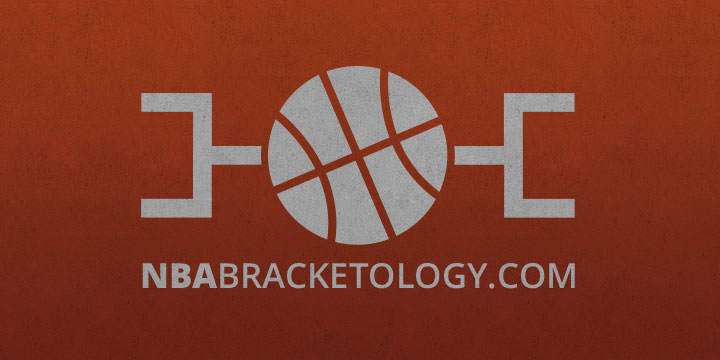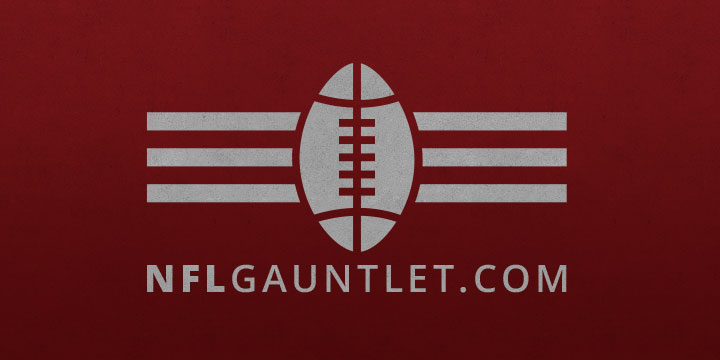If you are anything like me (and if you are, congratulations), when you fill out your bracket you probably hem and haw over several picks and second guess games all the way up until tip-off. Then, sooner than later, some team that you had making a run to the Elite Eight lays an egg and you end up flinging your highlighter across the room and cursing that school to eternal damnation. Or maybe not, but either way, if you’re reading this, chances are you’ve filled out your fair share of brackets and know the frustration and joys that come with it. I hate to break it to any perfectionists out there, but if you are reading this with the hope of some insight to pick a perfect bracket, you’d be better off just going out and hitting up the lottery.
I’m writing this with the intention of helping you possible make a few last minute tough decisions or to help you fill out an extra bracket when you find out about a pool at work about ten minutes before the first game and know you can take it down because the rest of the desk jockeys got nothing on you.
I subscribed this past year to be an ESPN.com Insider so I’d have access to all the articles, rumors, analysis, etc. I noticed this past week that there is an Insider section for bracketology and I checked it out. Turns out they allow you to go through, game by game, and make selections based on all sorts of simulations and projections. I should point out that the stats and projections were provided by Team Rankings. I’m a big fan of stats and numbers, so I figured I’d do some brackets based solely off of the projections I found there. I listen to all sorts of “experts” every year talk a big game before the tournament only to be dead wrong on a lot of games (you’re safe for now Mel Kiper Jr. and Todd McShay, I’m saving you for a later column). So I went by the numbers, pick by pick, to make these brackets that I’ll monitor during the tournament and see if one is more accurate than the others. I’m including the bracket I’m using for The Sports Geeks Bracket Challenge as well as a random fun one for your amusement.
The first bracket is based off of the Power Ratings Model (Click Here to View Bracket) which is defined as follows : “Analyzes each team’s scoring margins and schedule strength. You can click here to see how the bracket played out, but I’ll give a brief summary. This formula seemed to favor the higher seeded teams, which makes sense as the selection and seeding committee bases their rankings in part by scoring margins and schedule strength and arrange it so teams that rated higher in those areas took on teams who rated lower to give them a (perceived) edge. Under this model, the Elite Eight was composed of all four number one seeds, three of the two seeds, and one three seed. The championship game was between Kansas and Duke with Kansas cutting down the nets.
The second bracket is based off of the Similar Games Model (Link) which is “Based on results of past games between statistically similar teams”. Under this model, there were a handful of games where the teams were split 50-50 so when that was the case I used the “projected win odds” that were provided to settle the tie. Once again, Kansas was projected to win it all under this format, but interestingly enough, it slated them to play Temple for the title. Minnesota was the only team with a seeding higher than six (11) to make the Sweet Sixteen. Other than that, it for the most part favored the higher seeded teams.
The third bracket I completed is based off of Seed Difference (Link) which is the “Historical tournament win odds for teams with seed difference of (fill in difference)”. A well known school of thought is that a five always beats a twelve, but historically the twelve seed has just a 32% chance of winning the opening game. If this method were to hold true, you’d be a happy camper if you were rooting for one of the number three seeds, because all four made the Final Four. This format obviously doesn’t factor in the specific teams, just the seeding, so each section of the bracket was exactly the same. The only first round upset that happens is the number nine seed beating the eight seed, and this happens 52% of the time. In the second round, the five takes out the four 52% of the time. Moving on to the Sweet Sixteen the three seed beats the two seed 52% of the time as well. Finally, to decide the Final Four, if a three seed meets up with a one seed, 55% of the time the three seed has come out the victor. Since the final two teams were both three seeds, I again used the “projected win odds” and Georgetown beat Baylor.
The fourth bracket I did is based off of a Simulation Model (Link) which is “Driven by advanced play-by-play computer simulation of the game”. This is my personal favorite as inherently it makes the most sense to me. Use computers to simulate games based on current rosters and current stats. Plug all that info in and let the computer do the work. The Accuscore predictions that ESPN used during the NFL season were typically more accurate than any of the experts were on week to week picks and run a similar model. With that being said, this prediction model gave the most unpredictable results. It had Minnesota and Washington (eleven seeds), UTEP (twelve seed), and BYU (seven seed) in the Sweet Sixteen. The Final Four is comprised of two number one seeds, Kansas and Duke, but it projected Wisconsin (four seed) and BYU as the other two teams. This time Duke was slated to win over Kansas. The Simulation Model is no longer my personal favorite.
The fifth and final projected bracket I did based on ESPN’s rating system was a combination of Vegas Point Spread and Adjusted Scoring Margin (Link). The Vegas Point Spread was only available for the first round games and after that the Adjusted Scoring Margin was used instead (“Compares points scored and allowed to opponents averages”). This method really favored the higher seeds, as they won all but five games throughout the entire tournament. It will be interesting to see how the lines change as the tournament rolls on to see what Vegas does to gather more betting interest in certain teams.
The final two brackets include my personal bracket (Link) and a bracket where I picked the winners based on which mascot I thought was cooler/more bad ass (Link). I won’t go over all the match-ups but wanted to make a few notes. First off, there are entirely too many teams with the name “cougars” or some variation of a mountain cat. The name cougar has now become synonymous with a woman in her 30’s or 40’s that chases younger men so it really can’t be considered a name of intimidation anymore. There are also two first round match-ups that feature teams with the same mascot – the Aggies of Texas A&M and Utah State as well as the Tigers of Clemson and Missouri. Toss ups essentially. Other teams that didn’t score any favor points with me include the Wofford Terriers (might as well be the poodles), the Orange of Syracuse, and the Gaels of St. Mary’s. On the flip side, I’m loving the Spiders of Richmond, the Northern Texas Mean Green, and the SDSU Aztecs. But my championship game came down to the UNLV Running Rebels and the West Virginia Mountaineers. Both bad ass in their own right, but I gave the final nod in what was a double over-time thriller to the Running Rebels who are this year’s NCAA mascot winners.
*I’ll do a follow up post after the first two rounds are completed with the number of correct picks per bracket.



